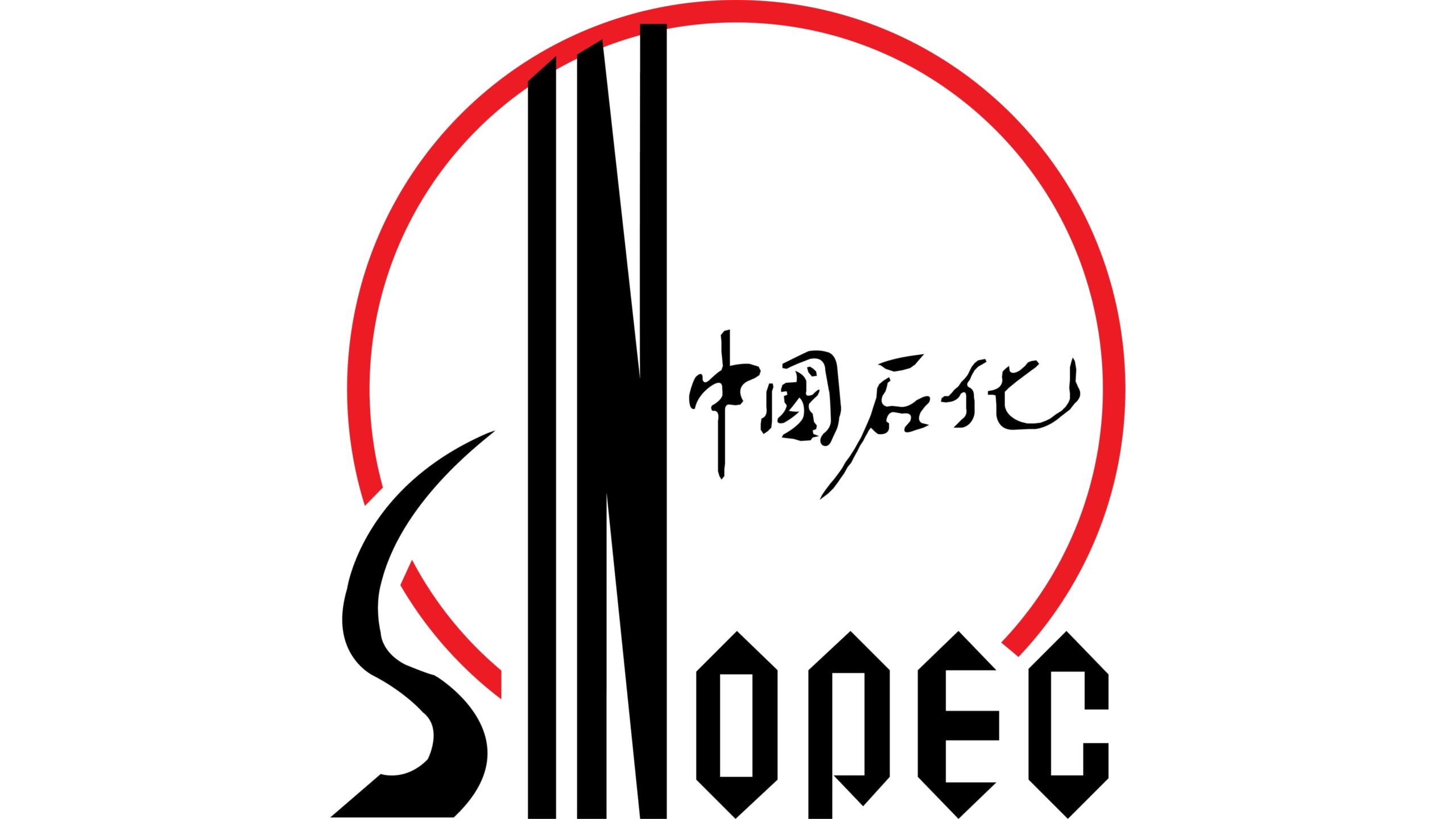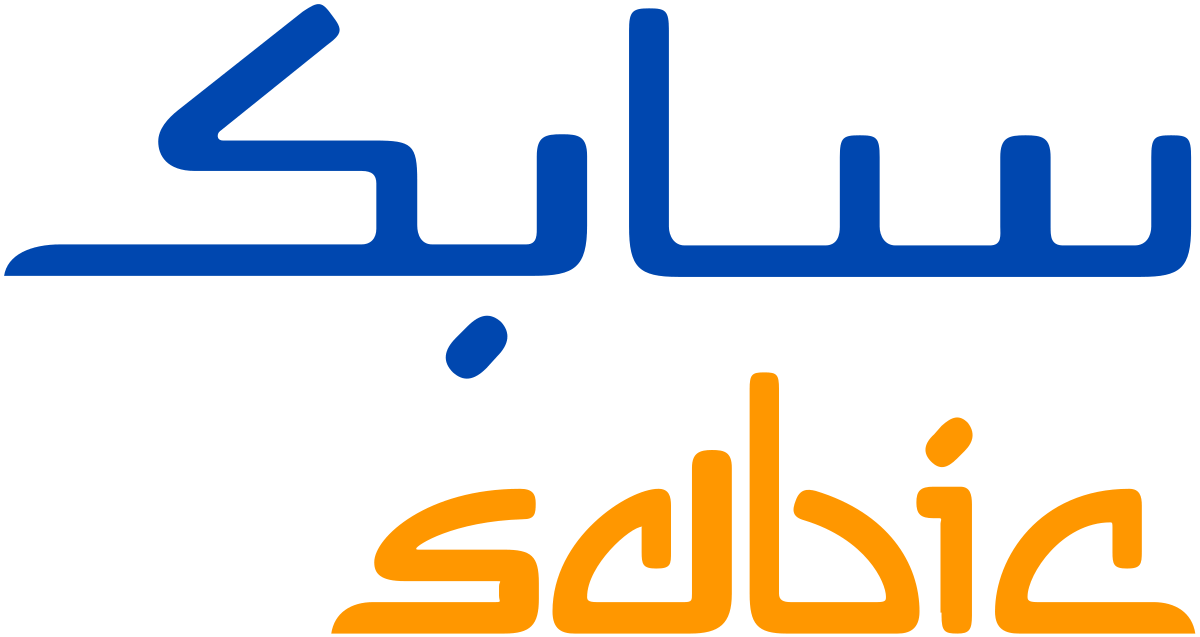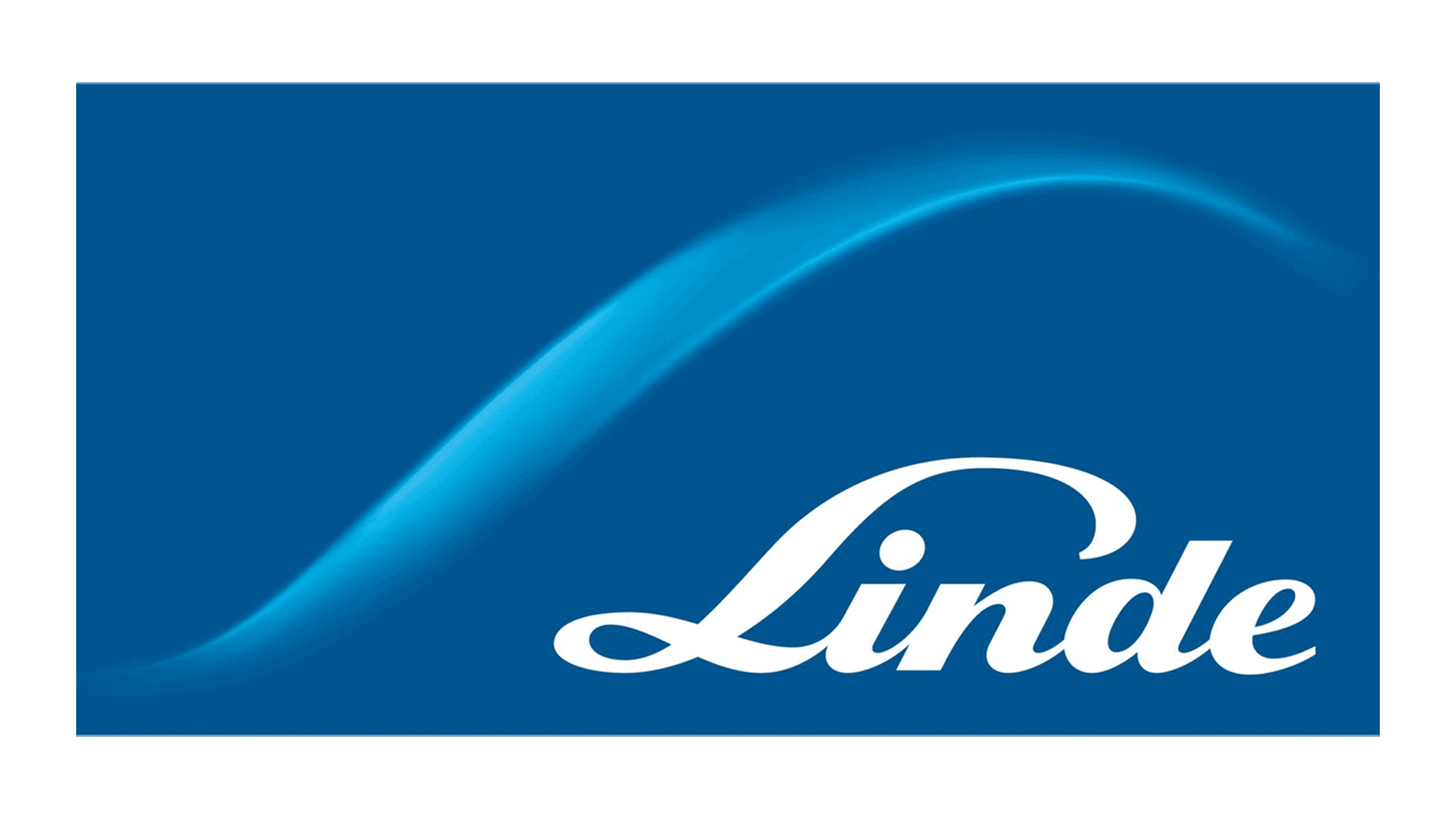Global Flexible Pipes Market, By Material, By Layer, By Application, By Region & Segmental Insights Trends and Forecast, 2024 – 2034
- Industry: Chemicals & Materials
- Report ID: TNR-110-1095
- Number of Pages: 420
- Table/Charts : Yes
- May, 2024
- Base Year : 2024
- No. of Companies : 10+
- No. of Countries : 29
- Views : 10178
- Covid Impact Covered: Yes
- War Impact Covered: Yes
- Formats : PDF, Excel, PPT
In Terms of Revenue, the Global Flexible Pipes Market was Worth US$ 1332.93 Mn in 2023 and is Anticipated to Witness a CAGR of 3.73% During 2024 – 2034.
The global flexible pipes market is experiencing robust growth, driven by increasing demand in the oil and gas industry, where these pipes are crucial for offshore and onshore operations. Flexible pipes, known for their durability and versatility, are essential for transporting oil, gas, and other fluids in challenging environments. Advancements in materials, such as composite and polymer-based pipes, are enhancing their performance and lifespan. Additionally, the rise in deepwater and ultra-deepwater exploration activities is propelling market expansion. With a focus on sustainability and cost-efficiency, the industry is also witnessing innovations aimed at improving environmental compatibility and reducing operational costs.

Flexible Pipes Market Dynamic
Growth Driver-
Rising Adoption of Enhanced Oil Recovery (EOR) Techniques
As conventional oil reserves deplete, oil and gas companies are increasingly turning to EOR methods to maximize extraction from existing fields. Flexible pipes are integral to EOR operations due to their superior adaptability and performance in transporting various injection fluids, such as water, steam, and chemicals, used in these processes. Their ability to withstand high pressures and corrosive environments makes them ideal for EOR applications. Global push towards energy security and the need to boost production efficiency are prompting investments in EOR projects, especially in mature fields across North America, the Middle East, and Asia-Pacific.
The deployment of flexible pipes in these projects enhances operational flexibility and reduces maintenance costs, driving their demand. This growing emphasis on optimizing oil recovery from aging fields, coupled with technological advancements in flexible pipe materials, is significantly fueling the market’s expansion.

Trends-
Increasing Focus on Sustainability and Environmental Impact Reduction
The global community intensifies efforts to combat climate change and reduce carbon footprints, the oil and gas industry is under pressure to adopt greener practices. Flexible pipes, particularly those made from advanced composite materials, are gaining traction due to their environmental benefits. These pipes are lighter, which reduces transportation emissions, and their enhanced durability minimizes the frequency of replacements, thereby reducing waste. Development of recyclable and eco-friendly flexible pipe materials is becoming a key area of research and innovation. Companies are exploring biopolymers and other sustainable materials to produce flexible pipes that align with environmental regulations and corporate sustainability goals.
This trend is not only driven by regulatory compliance but also by the growing investor and public demand for sustainable operations. Consequently, the flexible pipes market is evolving to meet these environmental standards, fostering a shift towards more sustainable industry practices.
Challenge-
The High Cost of Raw Materials and Manufacturing Processes
The production of flexible pipes, particularly those made from advanced composites and specialized polymers, requires high-quality raw materials that are often expensive. The manufacturing process involves sophisticated technologies and precise engineering to ensure the pipes meet stringent performance standards, which further drives up costs. These high production costs translate into higher prices for end-users, which can be a barrier, especially in price-sensitive markets or during periods of low oil prices. Companies in the oil and gas sector, which are major consumers of flexible pipes, often face budget constraints and cost-cutting pressures, making them hesitant to invest in high-cost materials.
Flexible Pipes Market Segmentation by Material, Layer, Application and Region
The polyethylene (PE) segment is set to dominate the flexible pipes market, capturing a substantial 31.9% revenue share over the forecast period. PE’s popularity stems from its excellent properties, including high flexibility, chemical resistance, and durability, making it ideal for various applications in the oil and gas industry, water distribution, and agriculture. The material’s cost-effectiveness and ease of installation further enhance its appeal. Moreover, advancements in PE technology, such as the development of high-density polyethylene (HDPE) and cross-linked polyethylene (PEX), are boosting its performance and expanding its use in more demanding environments. As industries continue to prioritize efficiency and longevity in their piping solutions, the PE segment’s market leadership is expected to strengthen further.
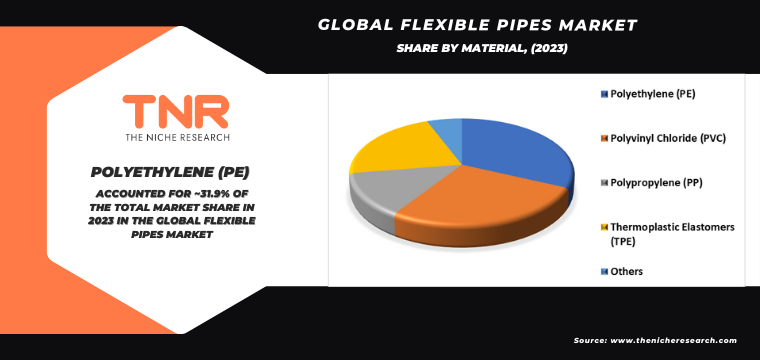
Multi-layer flexible pipes are projected to experience the fastest growth in the flexible pipes market, securing a significant revenue share of 48.1% over the forecast period.
This growth is driven by their superior performance characteristics, which include enhanced strength, durability, and resistance to harsh environmental conditions. Multi-layer designs typically incorporate different materials, such as polymers, metals, and composites, each contributing specific benefits like increased pressure resistance, corrosion protection, and flexibility. These pipes are particularly advantageous in demanding applications within the oil and gas sector, such as deepwater and ultra-deepwater exploration, where traditional single-layer pipes might fail. The versatility and reliability of multi-layer flexible pipes make them a preferred choice for operators looking to ensure safety and efficiency in challenging environments. Ongoing technological advancements and innovations in material science are expected to further bolster the adoption of multi-layer flexible pipes, cementing their dominant market position.

In 2023, Europe is anticipated to play a significant role in propelling the growth of the flexible pipes market, contributing approximately 20.5% to its overall expansion. This substantial contribution is fueled by the region’s robust offshore oil and gas activities, particularly in the North Sea, where there is a strong demand for durable and efficient piping solutions. European companies are at the forefront of technological innovations, developing advanced flexible pipes that meet stringent environmental and performance standards. Europe’s focus on sustainable energy practices and the transition towards greener energy sources further bolsters the market. Investments in renewable energy projects, such as offshore wind farms, also require flexible piping systems, enhancing the region’s influence on market growth.

Key Developments
- In June 2023, Strohm secured a $3.29 million contract from Aker Solutions. This contract involved providing carbon fiber/PA12 composite jumpers for TotalEnergies’ Moho Infill project in the Republic of the Congo.
- In January 2023, Cactus, Inc. announced the acquisition of FlexSteel Technologies Holdings, Inc. and its affiliates. The acquisition will occur through a merger involving HighRidge Resources, Inc. and Atlas Merger Sub, LLC, a newly established subsidiary of Cactus, Inc.
Major Players in Flexible Pipes Market
- ASTRAL PIPES
- Comap
- ContiTech Deutschland GmbH
- FlexSteel Pipeline Technologies, Inc.
- General Electric Company
- Henco
- MAGMA GLOBAL LTD.
- Rehau
- RWC (SharkBite)
- Strohm
- TRICOFLEX
- Uponor Corporation
- Viega Group
- Watts
- Zurn Water, LLC.
- Other Industry Participants
Global Flexible Pipes Market Scope
| Report Specifications | Details |
| Market Revenue in 2023 | US$ 1332.93 Mn |
| Market Size Forecast by 2034 | US$ 1979.61 Mn |
| Growth Rate (CAGR) | 3.73% |
| Historic Data | 2016 – 2022 |
| Base Year for Estimation | 2023 |
| Forecast Period | 2024 – 2034 |
| Report Inclusions | Market Size & Estimates, Market Dynamics, Competitive Scenario, Trends, Growth Factors, Market Determinants, Key Investment Segmentation, Product/Service/Solutions Benchmarking |
| Segments Covered | By Material, By Layer, By Application, By Region |
| Regions Covered | North America, Europe, Asia Pacific, Middle East & Africa, Latin America |
| Countries Covered | U.S., Canada, Mexico, Rest of North America, France, The UK, Spain, Germany, Italy, Nordic Countries (Denmark, Finland, Iceland, Sweden, Norway), Benelux Union (Belgium, The Netherlands, Luxembourg), Rest of Europe, China, Japan, India, New Zealand, Australia, South Korea, Southeast Asia (Indonesia, Thailand, Malaysia, Singapore, Rest of Southeast Asia), Rest of Asia Pacific, Saudi Arabia, UAE, Egypt, Kuwait, South Africa, Rest of Middle East & Africa, Brazil, Argentina, Rest of Latin America |
| Key Players | ASTRAL PIPES, Comap, ContiTech Deutschland GmbH, FlexSteel Pipeline Technologies, Inc., General Electric Company, Henco, MAGMA GLOBAL LTD., Rehau, RWC (SharkBite), Strohm, TRICOFLEX, Uponor Corporation, Viega Group, Watts, Zurn Water, LLC. |
| Customization Scope | Customization allows for the inclusion/modification of content pertaining to geographical regions, countries, and specific market segments. |
| Pricing & Procurement Options | Explore purchase options tailored to your specific research requirements |
| Contact Details | Consult With Our Expert
Japan (Toll-Free): +81 663-386-8111 South Korea (Toll-Free): +82-808- 703-126 Saudi Arabia (Toll-Free): +966 800-850-1643 United Kingdom: +44 753-710-5080 United States: +1 302-232-5106 E-mail: askanexpert@thenicheresearch.com
|
Global Flexible Pipes Market
By Material
- Polyethylene (PE)
- High-Density Polyethylene (HDPE)
- Medium-Density Polyethylene (MDPE)
- Low-Density Polyethylene (LDPE)
- Polyvinyl Chloride (PVC)
- Polypropylene (PP)
- Thermoplastic Elastomers (TPE)
- Others
By Layer
- Single
- Multi
By Application
- Plumbing
- HVAC
- Water Distribution
- Gas Distribution
- Renewable Energy Systems
- Others
By Region
- North America (U.S., Canada, Mexico, Rest of North America)
- Europe (France, The UK, Spain, Germany, Italy, Nordic Countries (Denmark, Finland, Iceland, Sweden, Norway), Benelux Union (Belgium, The Netherlands, Luxembourg), Rest of Europe)
- Asia Pacific (China, Japan, India, New Zealand, Australia, South Korea, Southeast Asia (Indonesia, Thailand, Malaysia, Singapore, Rest of Southeast Asia), Rest of Asia Pacific)
- Middle East & Africa (Saudi Arabia, UAE, Egypt, Kuwait, South Africa, Rest of Middle East & Africa)
- Latin America (Brazil, Argentina, Rest of Latin America)
Report Layout
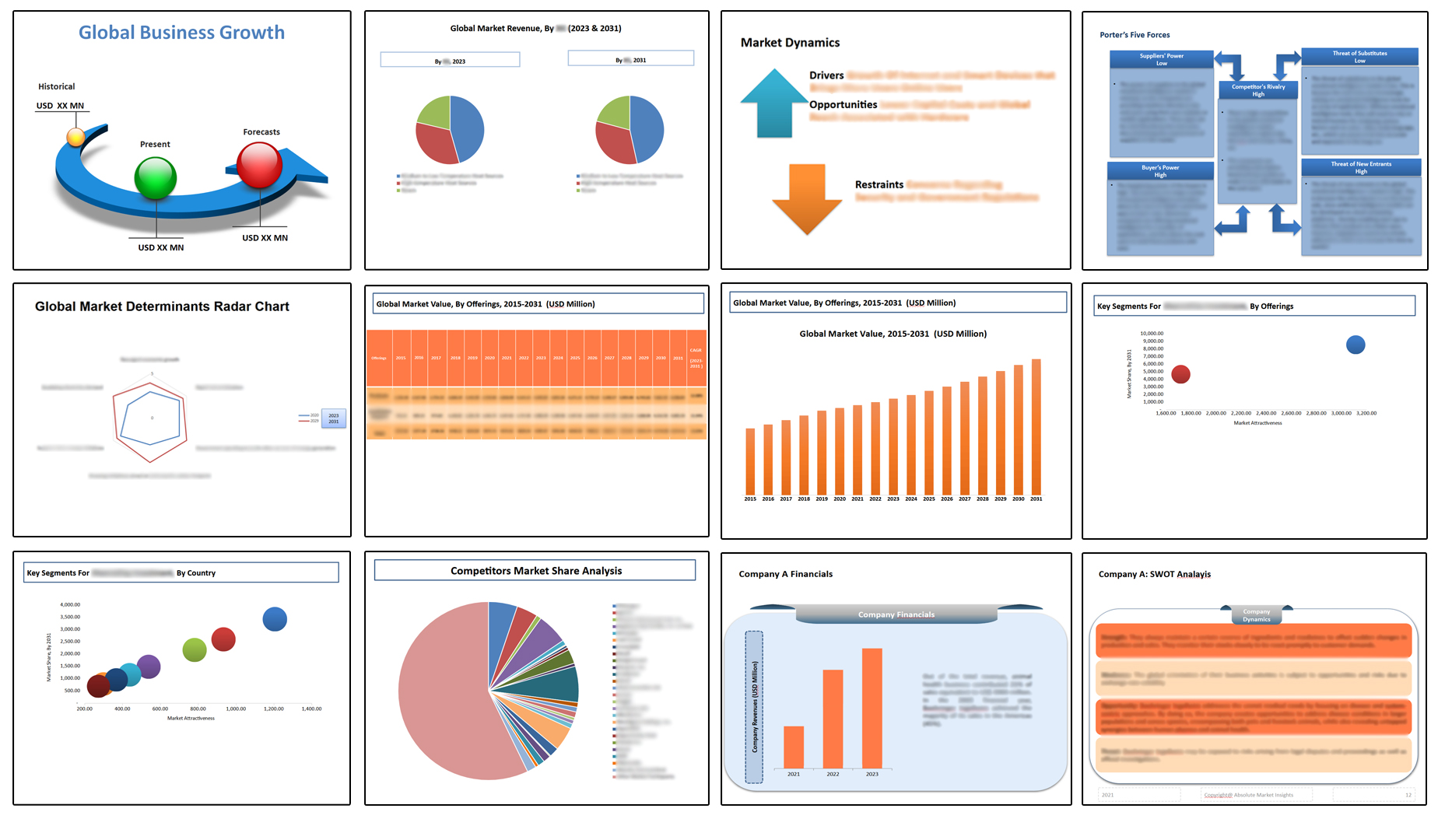
Table of Contents
Note: This ToC is tentative and can be changed according to the research study conducted during the course of report completion.
**Exclusive for Multi-User and Enterprise User.
Global Flexible Pipes Market
By Material
- Polyethylene (PE)
- High-Density Polyethylene (HDPE)
- Medium-Density Polyethylene (MDPE)
- Low-Density Polyethylene (LDPE)
- Polyvinyl Chloride (PVC)
- Polypropylene (PP)
- Thermoplastic Elastomers (TPE)
- Others
By Layer
- Single
- Multi
By Application
- Plumbing
- HVAC
- Water Distribution
- Gas Distribution
- Renewable Energy Systems
- Others
By Region
- North America (U.S., Canada, Mexico, Rest of North America)
- Europe (France, The UK, Spain, Germany, Italy, Nordic Countries (Denmark, Finland, Iceland, Sweden, Norway), Benelux Union (Belgium, The Netherlands, Luxembourg), Rest of Europe)
- Asia Pacific (China, Japan, India, New Zealand, Australia, South Korea, Southeast Asia (Indonesia, Thailand, Malaysia, Singapore, Rest of Southeast Asia), Rest of Asia Pacific)
- Middle East & Africa (Saudi Arabia, UAE, Egypt, Kuwait, South Africa, Rest of Middle East & Africa)
- Latin America (Brazil, Argentina, Rest of Latin America)
The Niche Research approach encompasses both primary and secondary research methods to provide comprehensive insights. While primary research is the cornerstone of our studies, we also incorporate secondary research sources such as company annual reports, premium industry databases, press releases, industry journals, and white papers.
Within our primary research, we actively engage with various industry stakeholders, conducting paid interviews and surveys. Our meticulous analysis extends to every market participant in major countries, allowing us to thoroughly examine their portfolios, calculate market shares, and segment revenues.
Our data collection primarily focuses on individual countries within our research scope, enabling us to estimate regional market sizes. Typically, we employ a bottom-up approach, meticulously tracking trends in different countries. We analyze growth drivers, constraints, technological innovations, and opportunities for each country, ultimately arriving at regional figures.Our process begins by examining the growth prospects of each country. Building upon these insights, we project growth and trends for the entire region. Finally, we utilize our proprietary model to refine estimations and forecasts.
Our data validation standards are integral to ensuring the reliability and accuracy of our research findings. Here’s a breakdown of our data validation processes and the stakeholders we engage with during our primary research:
- Supply Side Analysis: We initiate a supply side analysis by directly contacting market participants, through telephonic interviews and questionnaires containing both open-ended and close-ended questions. We gather information on their portfolios, segment revenues, developments, and growth strategies.
- Demand Side Analysis: To gain insights into adoption trends and consumer preferences, we reach out to target customers and users (non-vendors). This information forms a vital part of the qualitative analysis section of our reports, covering market dynamics, adoption trends, consumer behavior, spending patterns, and other related aspects.
- Consultant Insights: We tap into the expertise of our partner consultants from around the world to obtain their unique viewpoints and perspectives. Their insights contribute to a well-rounded understanding of the markets under investigation.
- In-House Validation: To ensure data accuracy and reliability, we conduct cross-validation of data points and information through our in-house team of consultants and utilize advanced data modeling tools for thorough verification.
The forecasts we provide are based on a comprehensive assessment of various factors, including:
- Market Trends and Past Performance (Last Five Years): We accurately analyze market trends and performance data from preceding five years to identify historical patterns and understand the market’s evolution.
- Historical Performance and Growth of Market Participants: We assess the historical performance and growth trajectories of key market participants. This analysis provides insights into the competitive landscape and individual company strategies.
- Market Determinants Impact Analysis (Next Eight Years): We conduct a rigorous analysis of the factors that are projected to influence the market over the next eight years. This includes assessing both internal and external determinants that can shape market dynamics.
- Drivers and Challenges for the Forecast Period:Identify the factors expected to drive market growth during the forecast period, as well as the challenges that the industry may face. This analysis aids in deriving an accurate growth rate projection.
- New Acquisitions, Collaborations, or Partnerships: We keep a close watch on any new acquisitions, collaborations, or partnerships within the industry. These developments can have a significant impact on market dynamics and competitiveness.
- Macro and Micro Factors Analysis:A thorough examination of both macro-level factors (e.g., economic trends, regulatory changes) and micro-level factors (e.g., technological advancements, consumer preferences) that may influence the market during the forecast period.
- End-User Sentiment Analysis: To understand the market from the end-user perspective, we conduct sentiment analysis. This involves assessing the sentiment, preferences, and feedback of the end-users, which can provide valuable insights into market trends.
- Perspective of Primary Participants: Insights gathered directly from primary research participants play a crucial role in shaping our forecasts. Their perspectives and experiences provide valuable qualitative data.
- Year-on-Year Growth Trend: We utilize a year-on-year growth trend based on historical market growth and expected future trends. This helps in formulating our growth projections, aligning them with the market’s historical performance.
Research process adopted by TNR involves multiple stages, including data collection, validation, quality checks, and presentation. It’s crucial that the data and information we provide add value to your existing market understanding and expertise. We have also established partnerships with business consulting, research, and survey organizations across regions and globally to collaborate on regional analysis and data validation, ensuring the highest level of accuracy and reliability in our reports.


